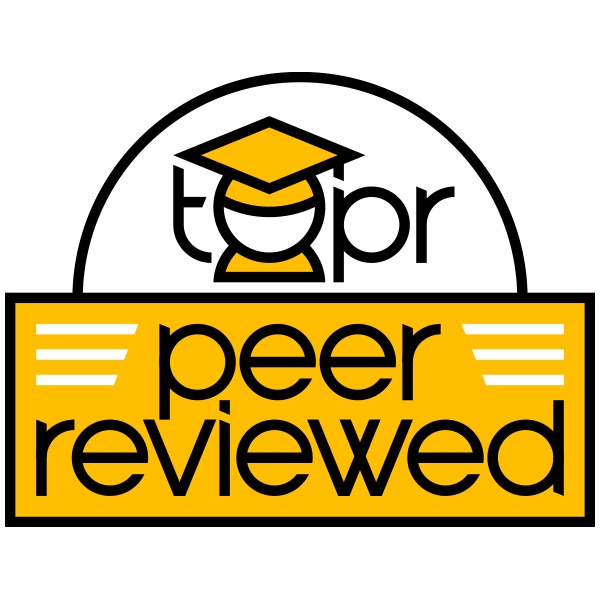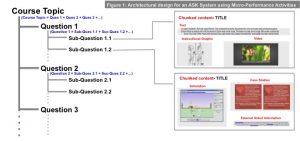
How should you organize your content? Based on cognitive information processing (CIP) research (Mayer, 2001 & 2005), it is recommended to break down information into smaller, more manageable pieces or “chunks.” The sizing of the chunks means that the effect on cognitive load will be reduced and it creates somewhat of a scaffold for the user to concentrate on performing rather than using the system (Moore, Dickson-Deane, & Liu, 2014; Van Merriënboer & Sweller, 2005).
Chunking operates on many levels. All of the following elements contribute to chunking and making text manageable: short sections, short paragraphs, short sentences, lists, tables, pictures, and examples. If the text seems dense to people, they may not even try to read it. Here are six keys to organizing logically within a page of content:
- Break the text into manageable pieces or “chunking.”
- Put in many headings.
- Write useful headings.
- Make the headings into a table of contents.
- If the information is sequential, put it in that order.
- For non-sequential information, put what users need most first.
Link to example artifact(s)
Dr. Camille Dickson-Deane from Montgomery County Community College developed these guidelines for designing online activities using A Simple Knowledge (ASK) System (Thompson & Thompson, 1983) as a knowledge based system that allowed users who wish to create, test, modify, extend and make use of their own knowledge base:
- Select a topic to design. Any topic can be used to model this system. A topic that is ill-structured/complex can be best modeled using this method. Also, you as the instructor/designer should know the topic in its entirety.
Link to scholarly reference(s)
Mayer, R. E. (2001). Multimedia learning. New York: Cambridge University Press.
Mayer, R. E. (2005). The Cambridge Handbook of Multimedia Learning. New York: Cambridge University Press.
Moore, J. L., Dickson-Deane, C., & Liu, M. (2014). Designing CMS courses from a pedagogical usability perspective. In Perspectives in Instructional Technology and Distance Education : Research on Course Management Systems in Higher Education. (p. 169). Information Age Publishing.
Thompson, B. H., & Thompson, F. B. (1983). Introducing ask, a simple knowledgeable system. In Proceedings of the first conference on Applied natural language processing (pp. 17–24). Association for Computational Linguistics.
Van Merriënboer, J. J., & Sweller, J. (2005). Cognitive load theory and complex learning: Recent developments and future directions. Educational Psychology Review, 17(2), 147–177.
Citation
Dickson-Deane, C. & Phillips, W. (2015). Organize content by chunking. In B. Chen & K. Thompson (Eds.), Teaching Online Pedagogical Repository. Orlando, FL: University of Central Florida Center for Distributed Learning. https://topr.online.ucf.edu/chunking/.

